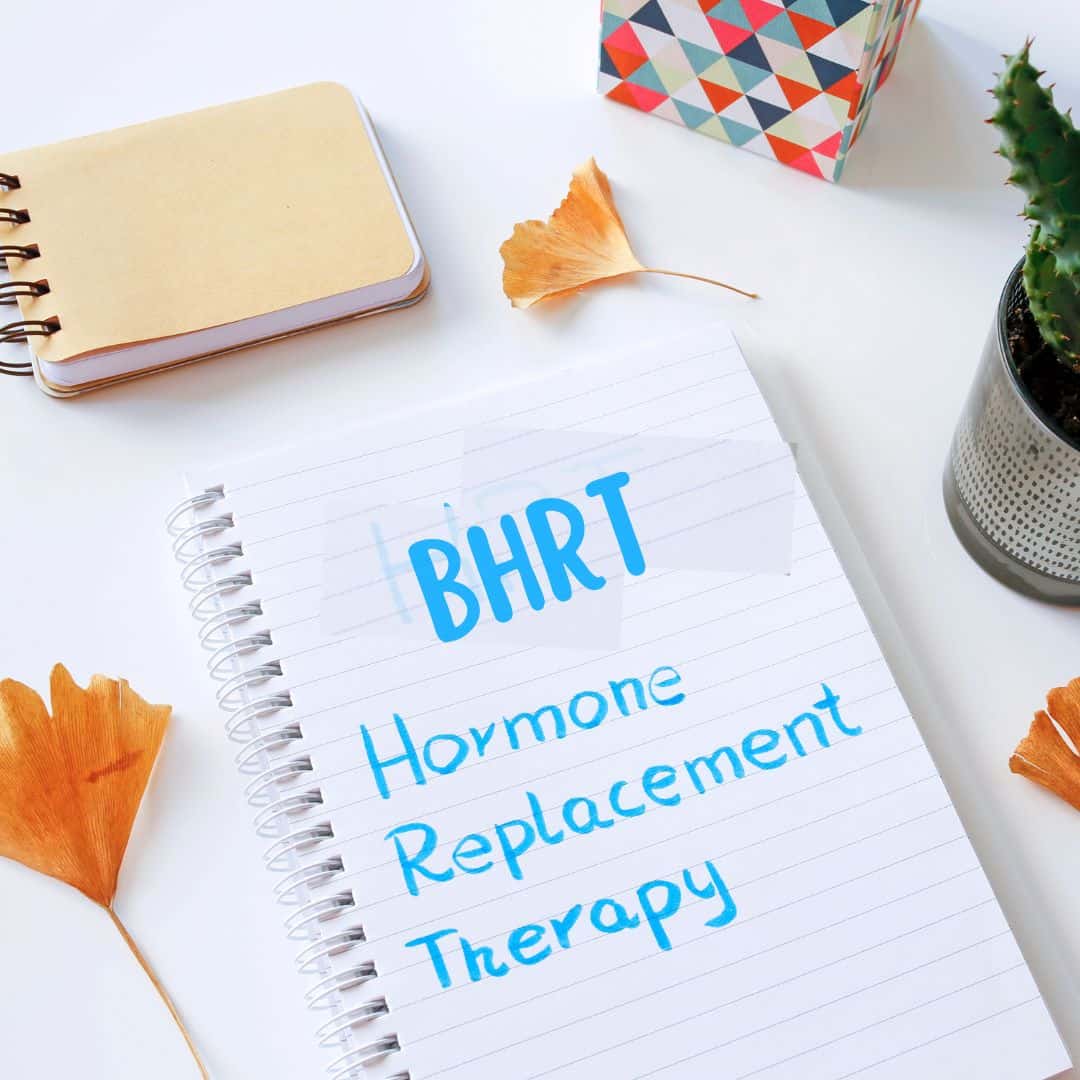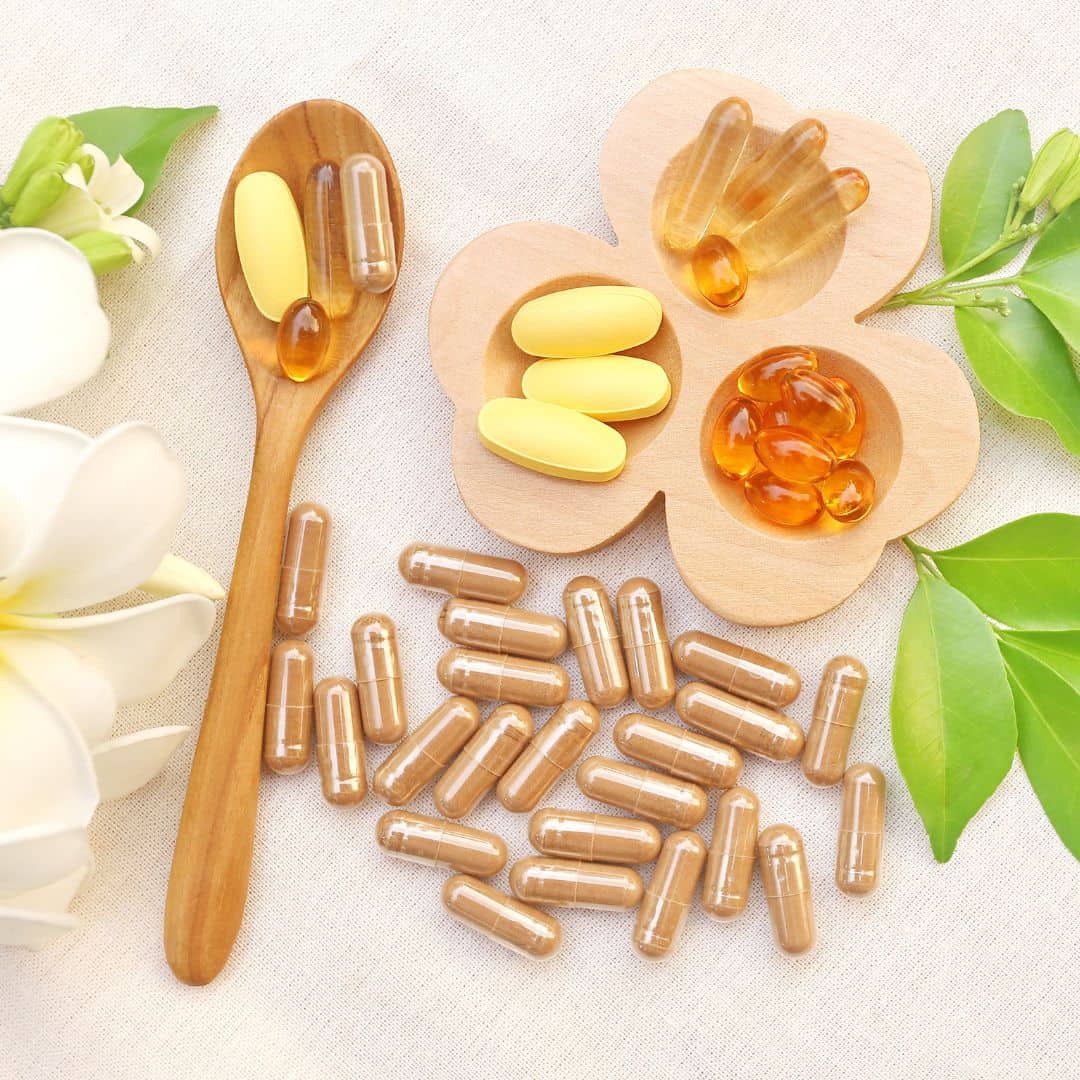Dermatology
There are many reasons why a physician would choose to compound a medication. Dermatologists are frequent prescribers of compounded creams. Many combinations of ingredients made by our compounding pharmacy are not commercially available. Higher-strength components can be used, including in hydroquinone creams and peels. A compounding pharmacy makes medications that have been discontinued or that are experiencing shortages. Combination drug products are available to treat a variety of dermatological conditions, including:
- Acne
- Melasma
- Psoriasis
- Molluscum Contagiosum
- Scarring
- Rosacea
- Vitiligo
- Warts
- Sun Damage
Combining drugs is another specialty of compounding pharmacies. Hydroquinone, retinoic acid, and hydrocortisone can be combined to treat melasma. A compounding pharmacy can make any combination of ingredients and strengths based on an individual patient's needs.
Compounded prescription drugs can also be made in strengths that are not available commercially. For example, hydroquinone is only available in formulations of up to 4-6%. A compounding pharmacy can make a formulation with 6%, 8%, or 10% hydroquinone. We can add hydrocortisone to a hydroquinone formulation to relieve some irritation while it works. In most cases, dermatologists and other skin care professionals use a compounding pharmacy to obtain more potent and effective products than they can get from other sources, particularly for patients who do not respond to other treatments. A compounding pharmacy can be an essential resource for a patient suffering from a severe skin condition.
Compounding for Anti-Aging and Cosmetics
Multiple formulations for reducing signs of ageing are available from a compounding pharmacy. We can make chemical peels with glycolic acid, salicylic acid, TCA, and more in strengths that are hard to find. Creams made to improve the skin's appearance can include retinoic acid and hyaluronic acid. Retinoic acid increases cell turnover to renew the skin, while hyaluronic acid improves the skin's ability to retain moisture that it loses with age.
A compounding pharmacy can also provide stronger numbing creams for various skin procedures. BLT cream is a triple-anesthetic numbing cream frequently used before removing lesions, laser resurfacing, microblading, and more. Benzocaine, lidocaine, and tetracaine are combined in strengths that are not commercially available. This topical anesthetic combination numbs the skin quickly and lasts longer than a numbing cream that is not prescription strength.














